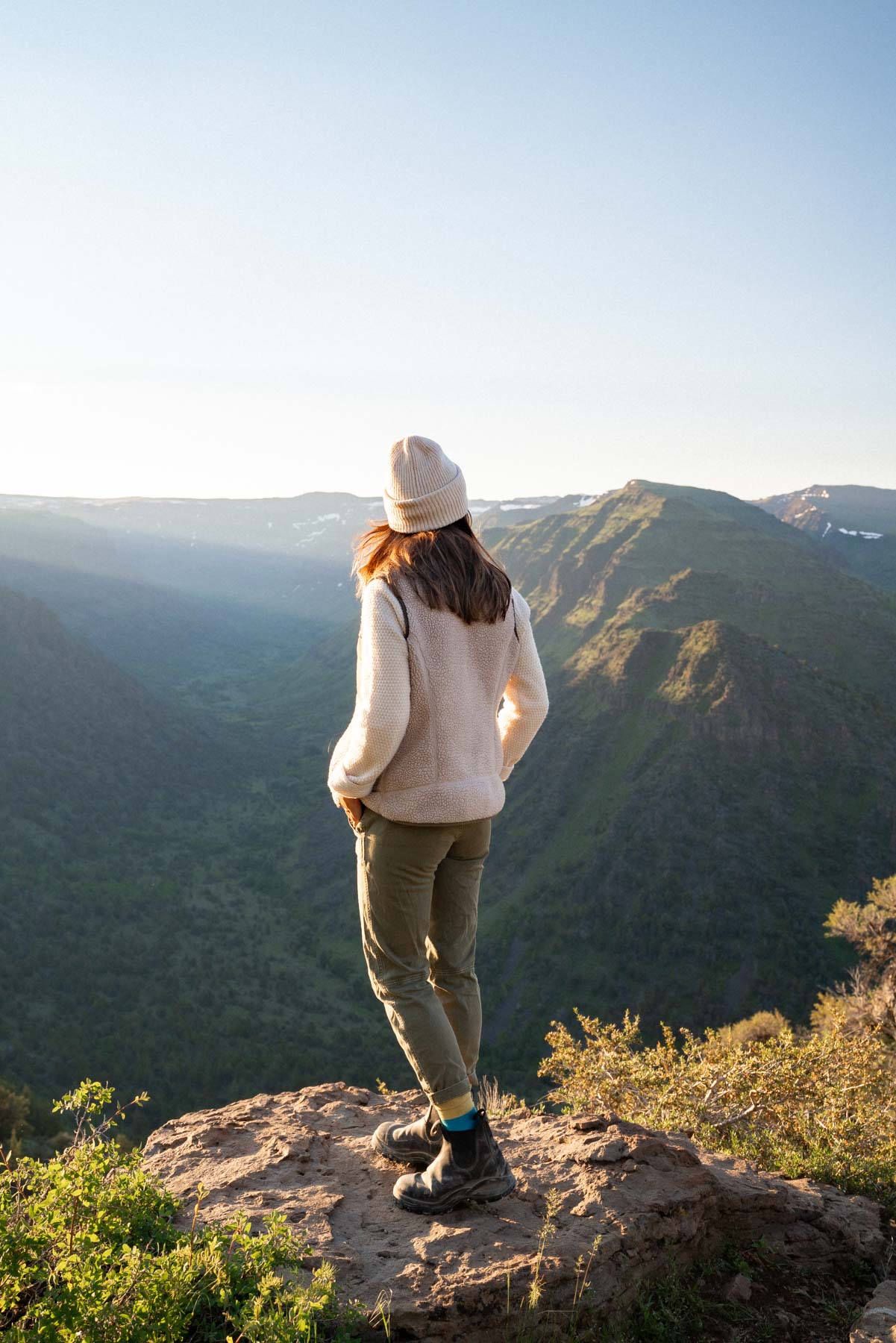
Post Overview: Guide to Steens Mountain & Alvord Desert in Oregon
Oregon’s vast southeast is about as far from the spectacularly lush western side of the state as you could imagine.
From the windward slopes of the Cascades to the rugged, stormy Pacific seaboard, the state is known for a realm of thriving temperate rain forests that color the landscape with vibrant shades of greens.
I mean, there’s a reason the majority of the population lives between the Coast Range and Cascades. Oregonians love their nature, so it would be a mistake to overlook the atypical landscape that imprints the southeast corner of our beloved state.
By any stretch of the imagination, Southeastern Oregon is desert country through and through.
The remarkable wide-open, sparsely settled basin seldom matches the average person’s conception of the Pacific Northwest.
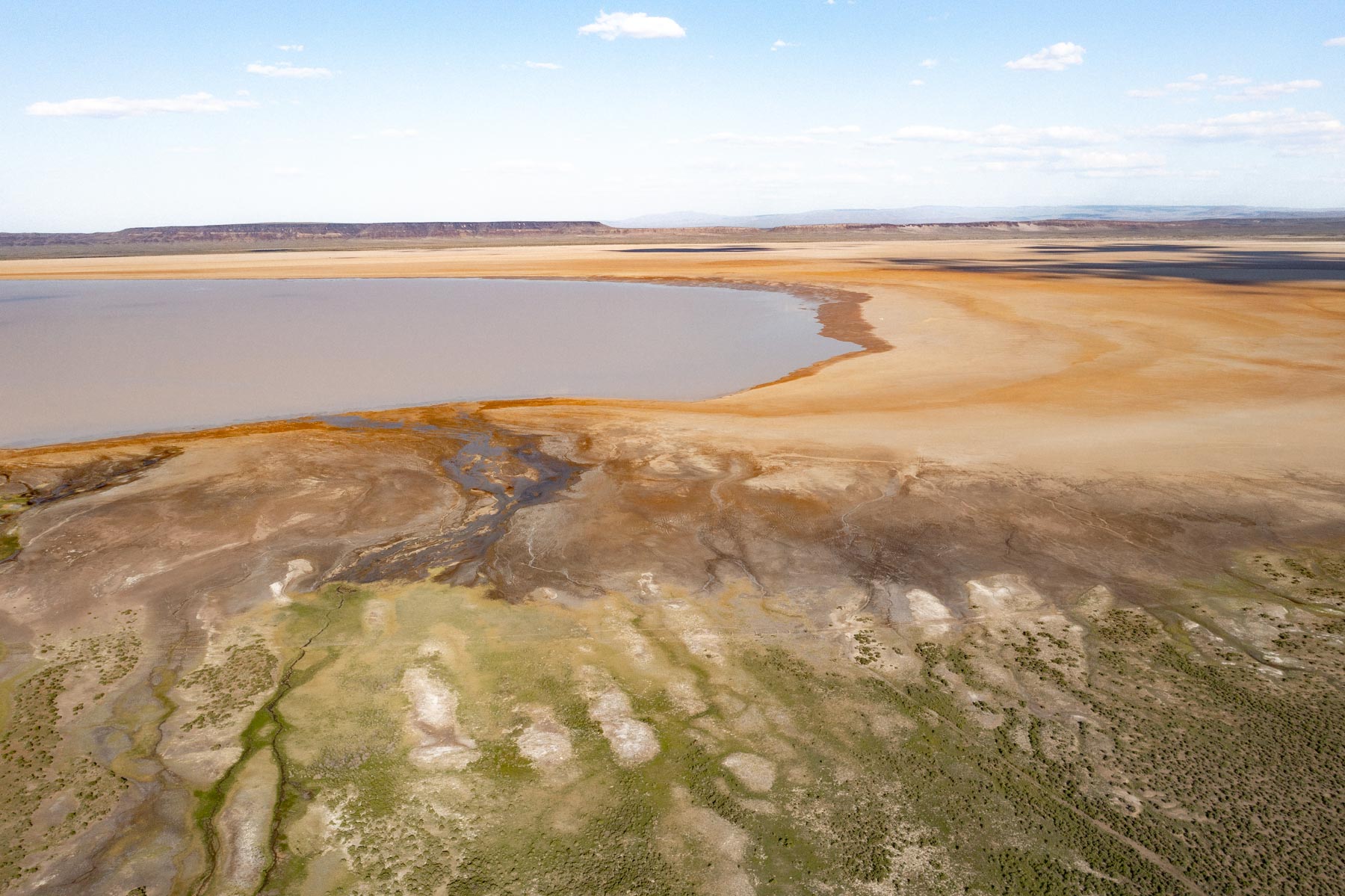
And just as Northwest Oregon comes lorded over by Mount Hood, the plains, rim-lands, basins, and isolated mountain ranges of Southeast Oregon lie in the thrall of a similarly commanding natural landmark — Steens Mountain.
Rearing its strikingly long ridge crest up to 9,730 feet, Steens Mountain is one of the highest peaks in Oregon. This incredible fault-block mountain has a fairly gentle (partly rim-edged) western slope and a sheer eastern flank.
The east casts shadows over the driest spot in Oregon state, the Alvord Desert.
“The Steens,” as Steens Mountain is often colloquially called, and the Alvord Desert form one of the American West’s great one-two land form punches, on brand for a state like Oregon.
Make no mistake, visiting Steens Mountain and the Alvord Desert makes you beholden to the state in a way you can’t yet imagine. This is a fabulous destination for sightseeing and outdoor recreation, so let’s dive right in.
Visiting Steens Mountain & the Alvord Desert
Southeastern Oregon includes some of the most sparsely inhabited acreage in the Lower 48. Made evident by farflung ranches and long, quiet backroads.
It’s sometimes referred to as the Oregon Outback, and across long stretches of border it adjoins similarly lonesome sagebrush seas that pepper the landscapes of rural Idaho and Nevada.
Remote as they are, Steens Mountain and the Alvord Desert are also among the Oregon Outback’s best-known attractions, and (thankfully) very close to another one, making them an easy “combo pack.”
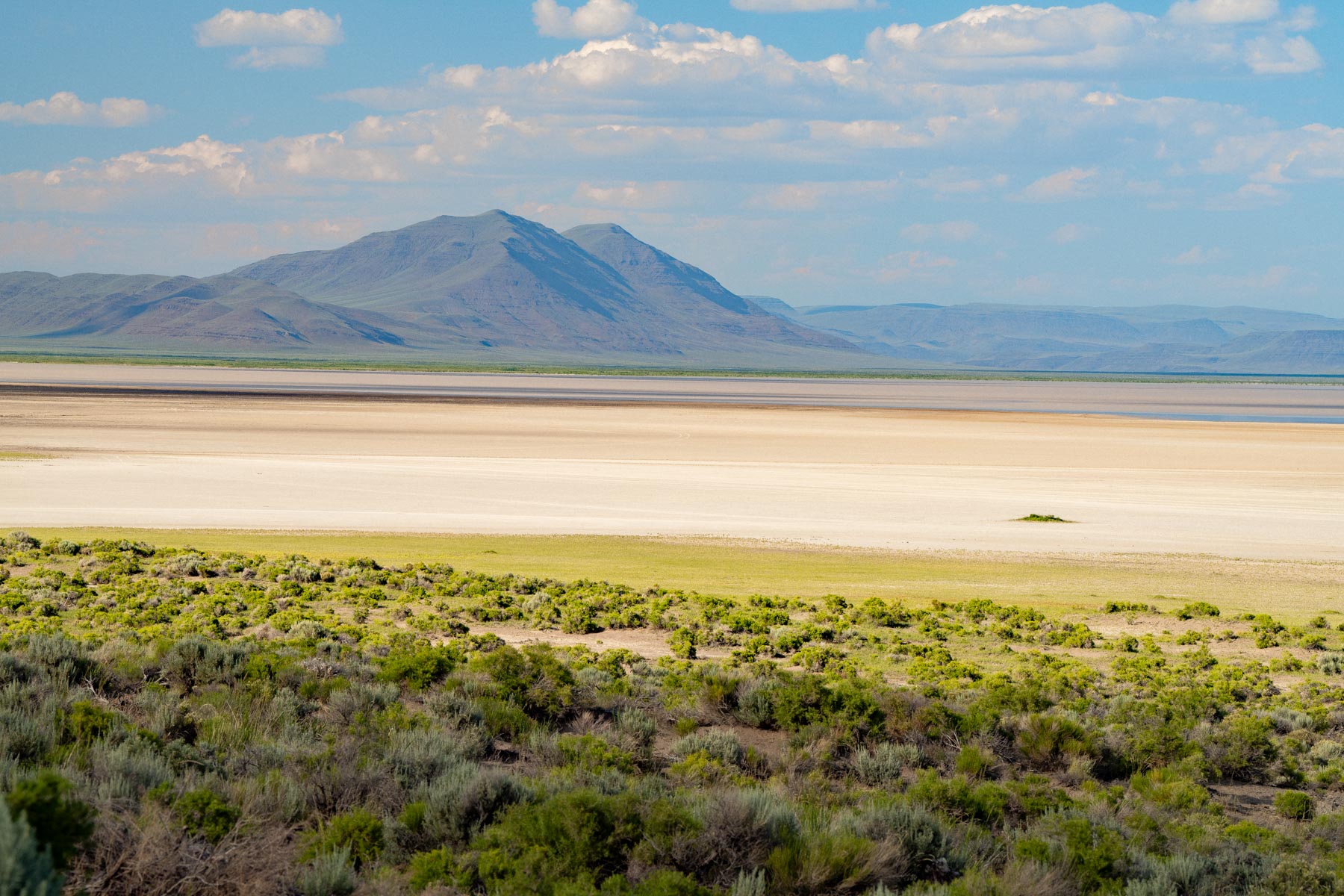
First, let’s talk about Steens Mountain
Steens Mountain impressive spans flirts with 60 miles. A great length, no doubt, and the fact that the mountain’s eastern front presents the appearance of multiple peaks, explains why old maps (and some old-timers still) refer to the “Steens Mountains” rather than a singular uplift.
It’s the northernmost of the mighty fault-block mountains and mountain chains riddled across the face of the Great Basin.
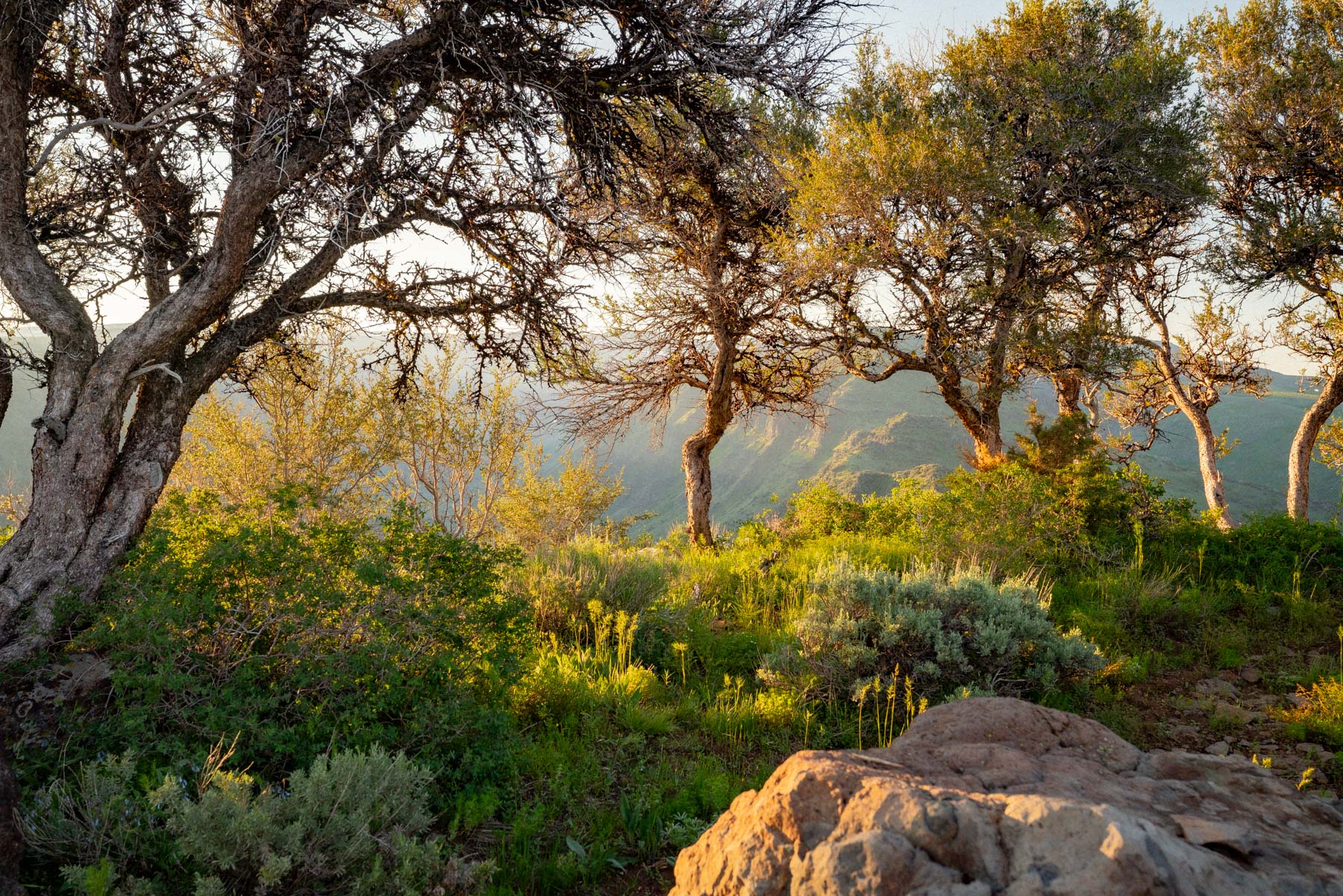
Edged by the Harney Basin, the Catlow Valley, and the Alvord Valley, Steens Mountain boasts significant prominence and can be seen from a long way off—including (in clear conditions) from such distant peaks as Strawberry Mountain, Paulina Peak, and Hayden Peak (in Idaho).
Steens Mountain was high enough to generate alpine glaciers during the wetter Pleistocene, and that mobile ice did a magnificent number to the summit plateau, gouging out the huge U-shaped troughs of the Kiger, Little Blitzen, Big Indian, and Little Indian gorges as well as Wildhorse Canyon.

From its base to the craggy summit rim, Steens Mountain covers quite a bit of ecological territory, rising from sagebrush, bunchgrass, juniper, bitterbrush, and mountain-mahogany flanks to extensive aspen groves, meadows, and alpine barrens in the high country.
Quaking aspen, mainly found between about 6,500 and 7,800 feet, is the most tree you’ll see while visiting Steens Mountain.
Aside from the low juniper woodland and a few small stands of grand/white fir, Steens Mountain lacks the conifers common to other Eastern Oregon ranges, such as ponderosa pine, Douglas-fir, and whitebark pine.
Botanists speculate that the extreme isolation of this “sky island,” more than a hundred miles from other subalpine/alpine habitat, probably explains why such needleleaf trees haven’t been able to colonize the Steens.

Visiting the Alvord Desert
Contrasting with the high alpine of Steens Mountains, the Alvord Desert represents the other classic Great Basin extreme: the low, hyper-arid playa, or dry lakebed.
In this tectonically active part of the world, Steens Mountain represents an up-thrust block, and the Alvord is a down-dropped basin of the kind geologists call a graben (akin to arift valley).
Cast in the rainshadow of Steens Mountain, parts of the Alvord receive a mere five inches of precipitation per year, ranking it as likely the single most parched spot in Oregon.

Back in the wetter Ice Age days, the Alvord Desert, which lies at around 4,060 feet, was one of many “pluvial lakes” scattered across the Great Basin. Even today, an “Alvord Lake” can temporarily form in the southern part of the Alvord Basin due to high rainfall and/or snowmelt.
There’s a surprising diversity of salt- and drought-tolerant plants calling the margins of the Alvord Desert home: members of the salt-desert scrub community, including greasewood, saltgrass, saltbrush, spiny hopsage, and shadscale.
But there’s also a lot of bare ground in the form of dry, cracked clay and, particularly on the eastern side of the desert, sand dunes.
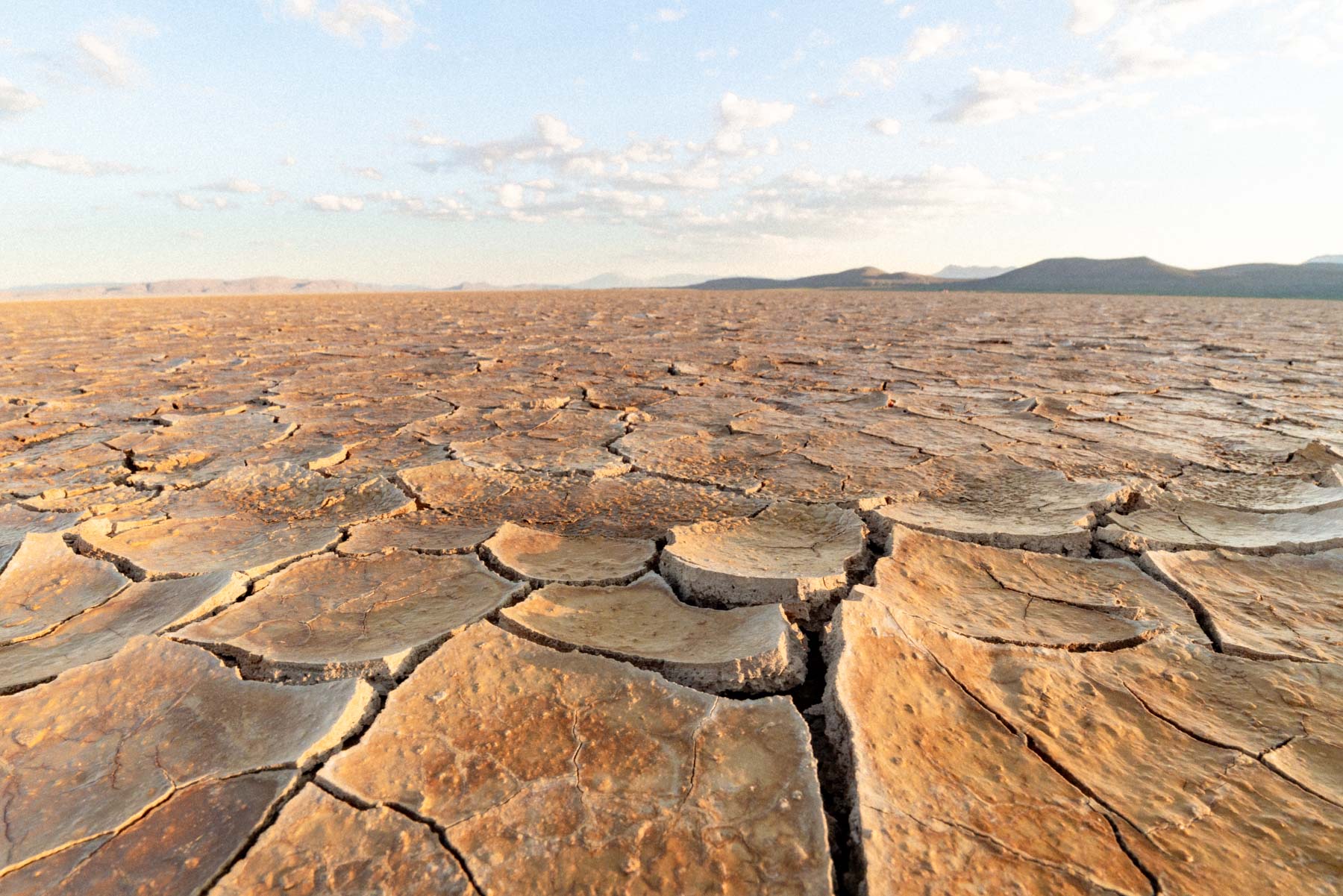
All the faulting at play out here helps explain the preponderance of hot springs along the margins of the Alvord Desert, including Mickey Hot Springs, which often puts on a show with bubbling mudpots.
Word to the wise, though: Those and most of the other hot springs are too scalding to enter. You can find safe soaking at the commercially developed Alvord Hot Springs.
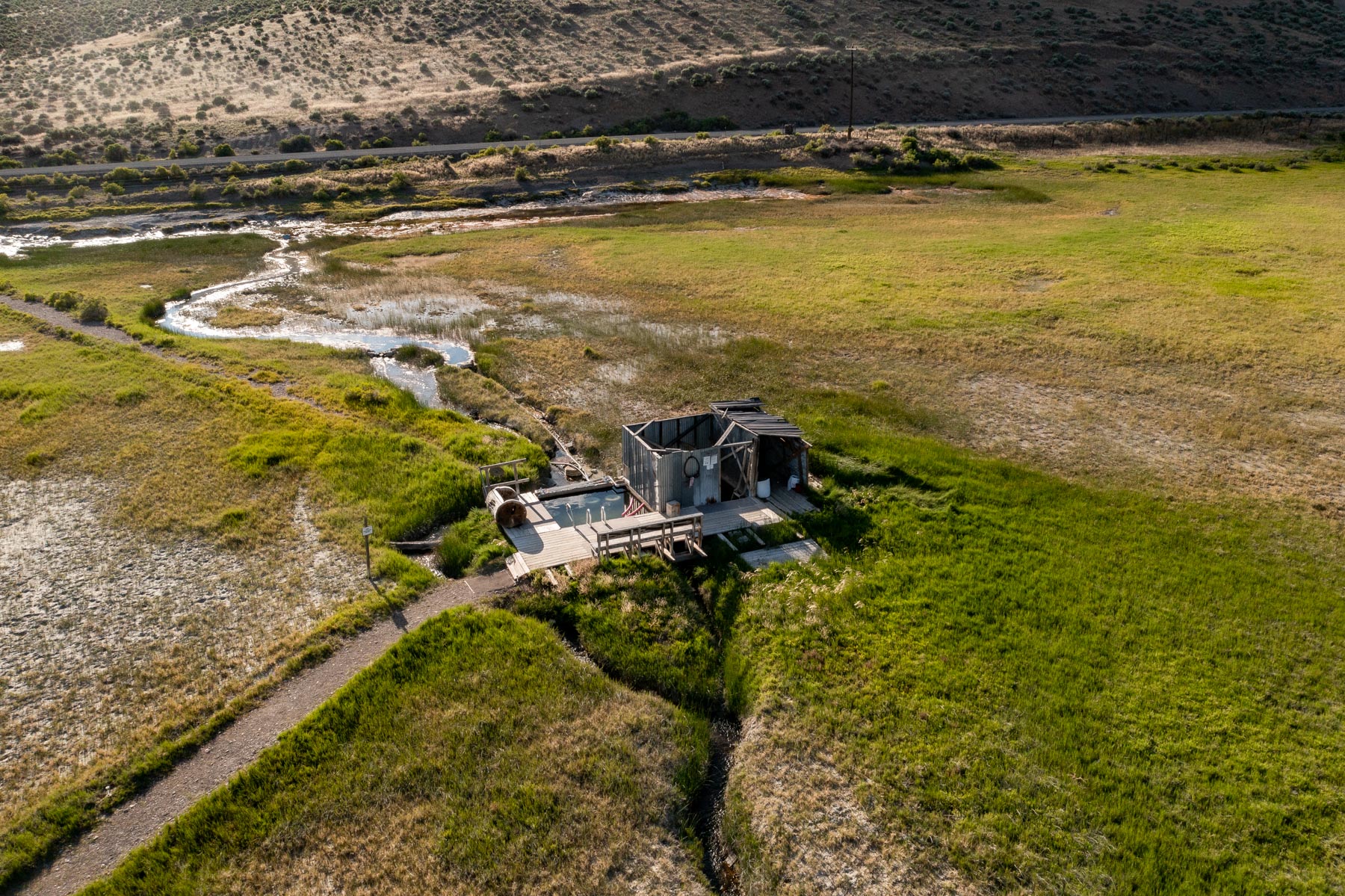
Things to Do at Steens Mountain
Some of the finest sightseeing and outdoor adventure in Oregon await in the Steens Mountain-Alvord Desert complex, with extensive public access available throughout the areas.
Including the 430,000-acre Steens Mountain Cooperative Management & Protection Area (CMPA)—some 171,000 acres of which fall within the Steens Mountain Wilderness—and the Alvord Desert and East Alvord Wilderness Study Areas to the east.
Steens Mountain Scenic Drive
The 52-mile Steens Mountain Backcountry Byway forms a loop drive showing off the grandeur of Steens Mountain, from its western base to the summit.
Some downright stunning viewpoints await along it, including the Kiger Gorge, East Rim, and summit vantages. The vista from the top of Steens Mountain out to the tawny blankness of the Alvord Desert far below is one of Oregon’s most mesmerizing.
Fall’s just about the best time to drive Steens Mountain, given the spectacular golden and orange aspen canopies putting on their autumn show.
Local’s Tip: Keep in mind that the south portion of the Backcountry Byway loop is suited only for high-clearance vehicles. If you’ve got a regular passenger car, you’ll want to stick to the North Loop between Frenchglen and the summit.

Steens Mountain Hiking
From short, easy walks to strenuous all-day trails, there’s no shortage of great hiking options while visiting Steens Mountain.
You can easily make your own adventure. From maintained trails to cross-country scrambling, the Steens Mountain and Alvord Desert country offer something for every type of hiker.
Awesome trails up on Steens are easily reached along the Backcountry Byway. It’s only a short walk, for example, to the Kiger Gorge Overlook, which shows off one of the most amazing glacial troughs in Oregon.
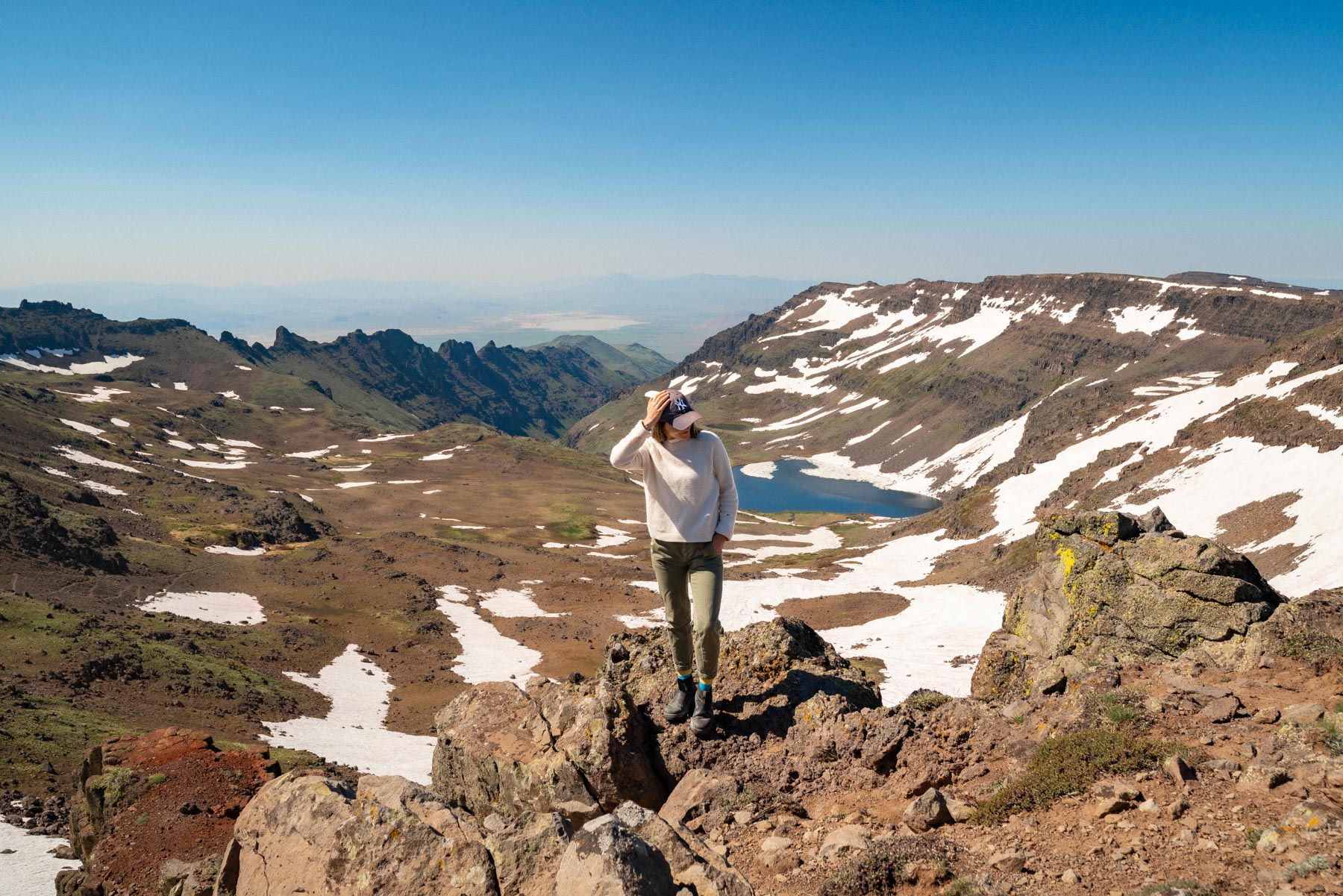
Two longish, fine trails get you up close and personal with other gaping, glacier-carved Steens canyons.
Out of the South Steens Campground area, you can hike eight miles one-way up the Big Indian Gorge Trail, making multiple stream crossings (which can be dicey in spring and early summer) and passing through cottonwood groves and wildflower gardens. The views up the gorge walls to the rims are incredible.
Similarly blockbuster scenery can be found on the Little Blitzen Gorge Trail, which leads about nine miles one-way to the cirque at the headwaters of the Little Blitzen River, marked by a 20-foot waterfall.
From the summit parking area, you can also hike a 1.2-mile trail down into a cirque to visit the meadowed shores of Wildhorse Lake. Not a lengthy path, no, but bear in mind you’ve got to hoof it more than 1,000 feet back up out of the lake’s bowl.
Part of the 750-mile-long Oregon Desert Trail passes through Steens Mountain, with cross-country sections marked by cairns. And the sheer east face of Steens offers some scenic hikes, including the trail up Pike Creek.
Wildlife Viewing at Steens Mountain
Malheur National Wildlife Refuge, which protects the vast and bird-rich wetlands of Malheur and Harney lakes.
The refuge especially draws visitors, not least hardcore birdwatchers, during the spring and fall migrations, backdropped by the loom of Steens Mountain.
The little hamlet of Frenchglen on the doorstep of the refuge can also be a springboard for exploring the Steens and its associated drylands.
The lakes and marshlands of nearby Malheur National Wildlife Refuge may be the main hotspot in the wildlife-viewing—and particularly birding—department, but travelers on Steens Mountain and on the margins of the Alvord Desert have plenty of opportunities to spy animals.
Those include some large mammals, from the widespread pronghorn and mule deer to elk and bighorn sheep up on the Steens rims.
Feral horses also widely roam these parts; you’ve got decent chances of spotting some of the legendary Kiger Mustangs at the Kiger Wild Horse Viewing Area along the northern flanks of Steens Mountain.
Driving the roads or hiking the tracks and trails, keep your eyes peeled for jackrabbits, ground squirrels, badgers, magpies, burrowing owls, ferruginous hawks, golden eagles, and coyotes, among other critters.
The endangered snowy plover—better-known from the beaches of the Oregon Coast—nests in the Alvord Basin, by the way, so stay aware of your surroundings if trekking about and tread lightly on the desert landscape.
Trout Fishing
The Donner und Blitzen (German for “thunder and lightning”) River system draining the western slopes of Steens Mountain is renowned as one of Oregon’s premier destinations for angling. As such, trying your hand at trout fishing is one of the best things to do at Steens Mountain.
That’s because of its exceptional, unstocked wild trout fishery. The native Great Basin redband trout here, which reflect the quality of these Wild and Scenic rivers, draw anglers to Page Springs Campground and upstream.
Mann Lake, meanwhile, is stocked with the largest subspecies of cutthroat trout, the Lahontan cutthroat, which makes it another coveted angling destination, not least among fly fishers.
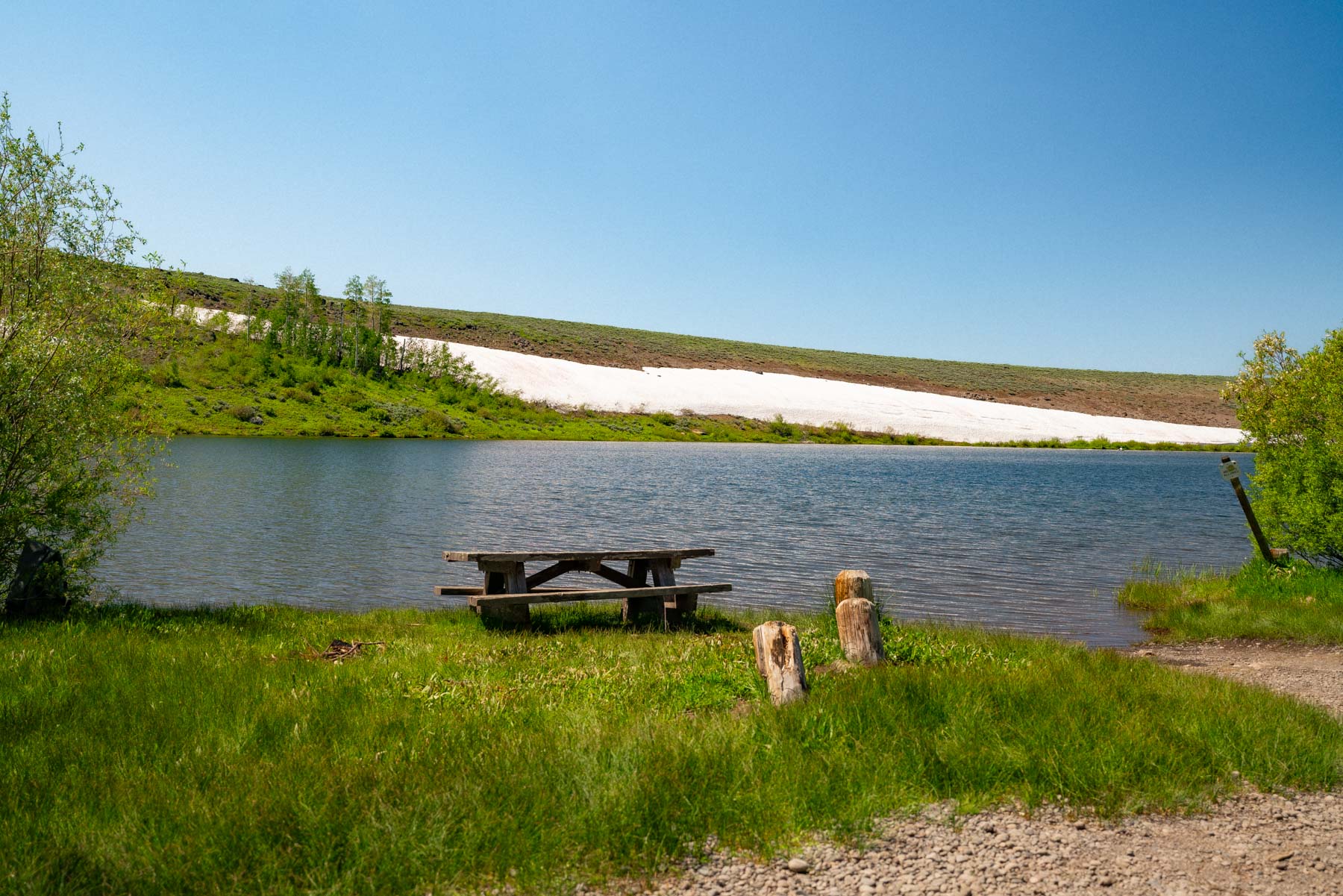
Things to Do at Alvord Desert
Alvord Desert Hikes
While a fair number of visitors to the Alvord Desert elect to drive on the playa flats (when conditions allow, that is), foot travelers get a more intimate experience with this unique landscape. Even just a short walk out onto the playa is rewarding.
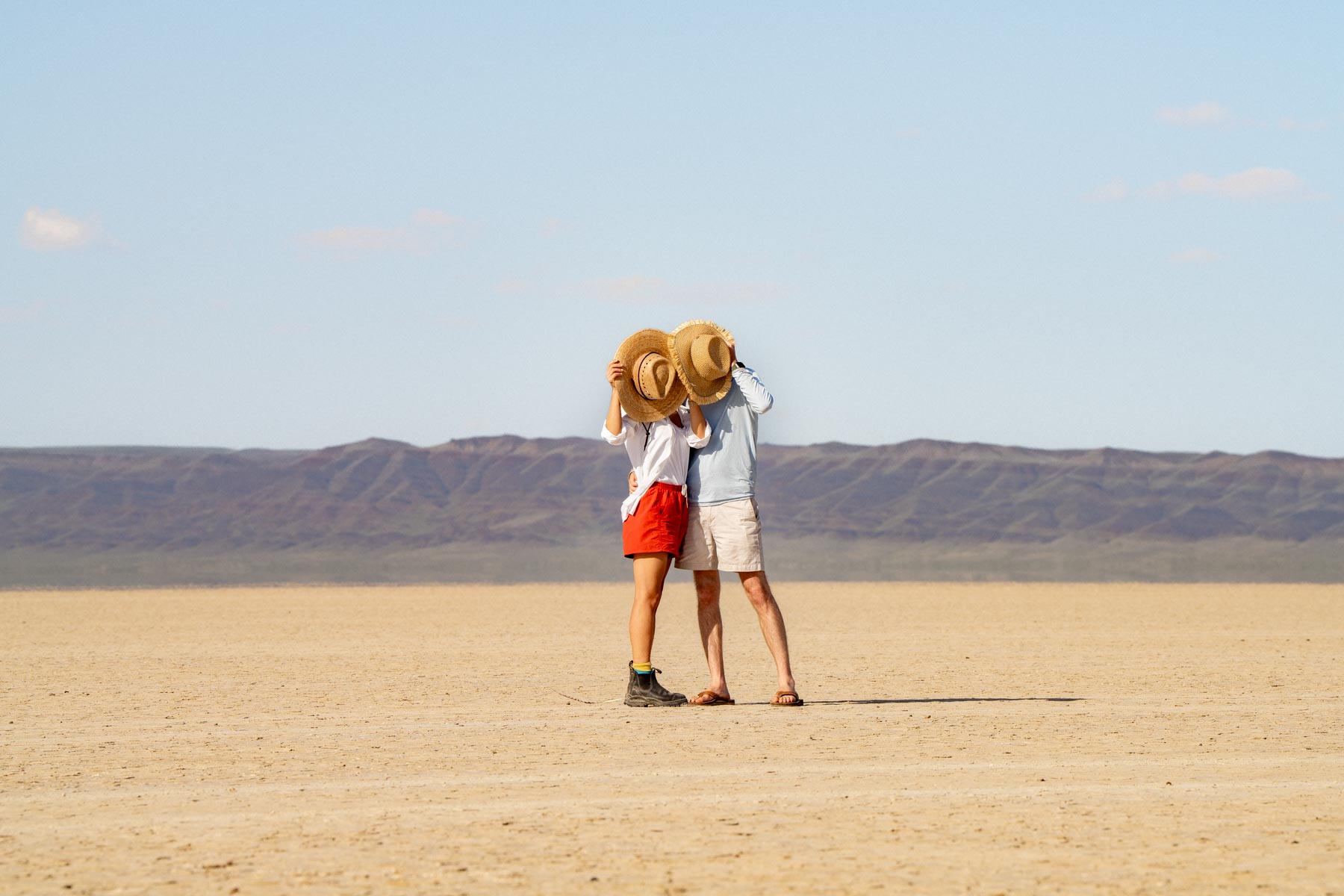
Much longer hiking adventures in the desert are possible for those who’ve packed wilderness essentials, lots and lots of water, and who are experienced navigating with map and compass.
That includes forays into the eastern sand dunes and, on the fringe of the desert, a tough hike to the summit of Mickey Butte at the southern end of the barren Sheepshead Mountains, which offers some amazing views of the Alvord Basin and the nearby wall of Steens Mountain.
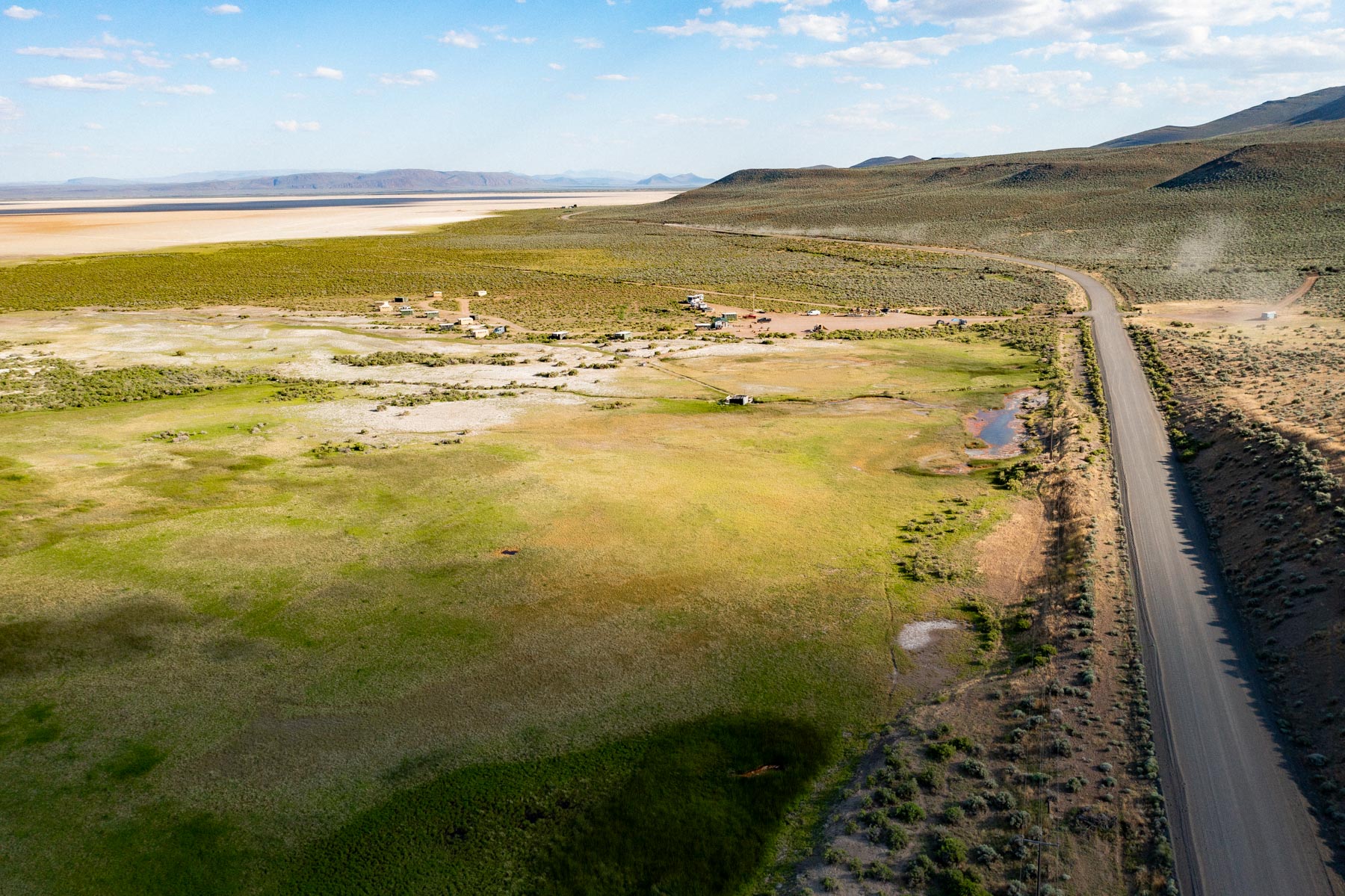
Driving on the Playa while visiting Alvord Desert
Driving on the Playa (the dried up desert basin) is one of the most popular things to do at Alvord Desert. Visitors are welcomed to partake in the activity during the dry season (from July through November) but are discouraged from doing so in the spring and winter months to avoid getting stuck in the mud.
Yes, visitors are allowed to drive on the Playa at Alvord Desert, however, it is recommended that visitors only drive on the playa during the dry summer and fall seasons (July-November) to avoid getting stuck in the mud.
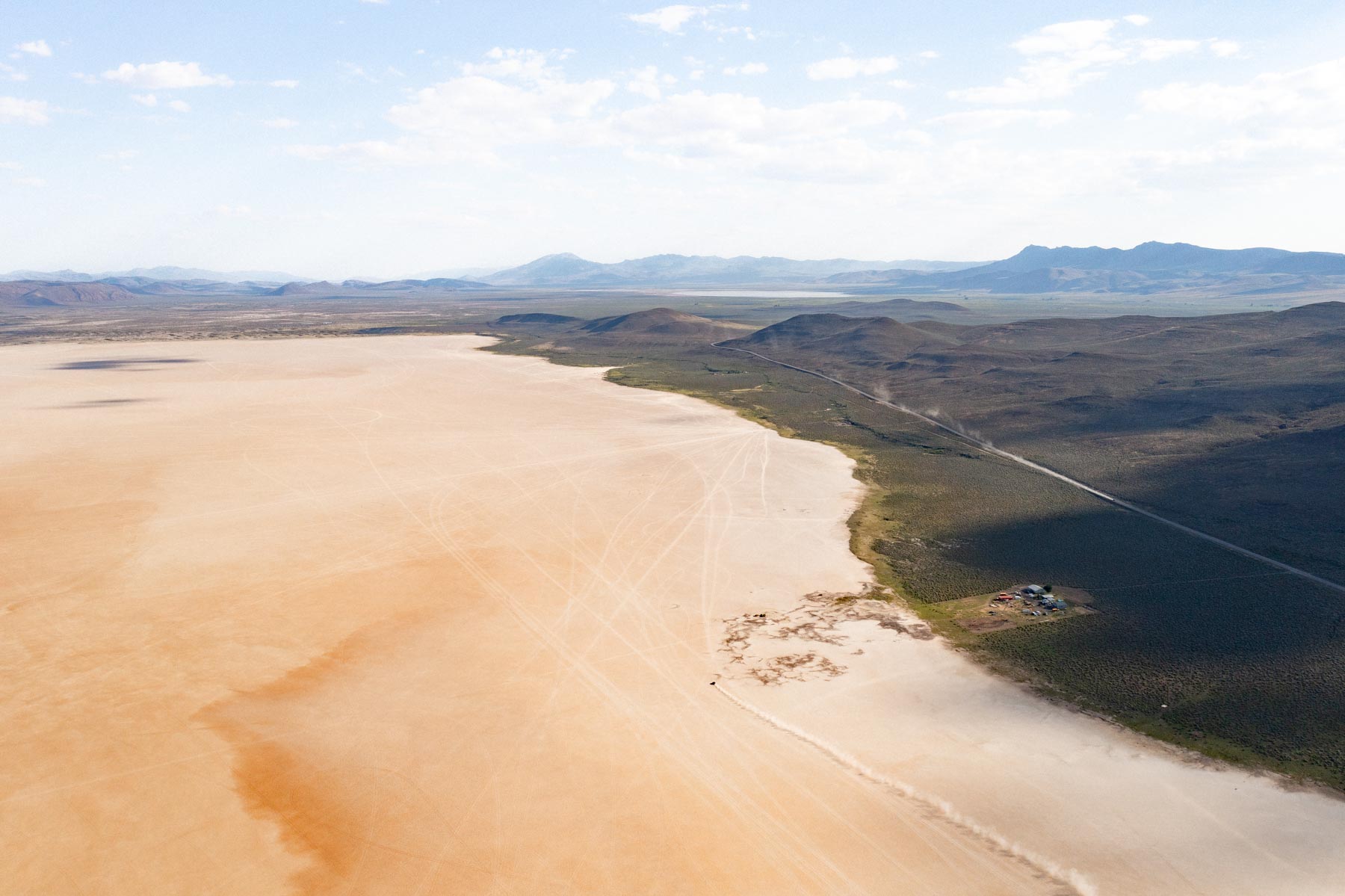
Visiting Alvord Desert & Steens Mountain in Winter
Winter’s often a challenging time to visit Steens Mountain and the Alvord Desert, no question. Oregon’s Great Basin country can be frigid and blizzard-swept that time of year. But those who are properly prepared find this mountain-and-desert mosaic glorious in pristine snow-dusted beauty.
Cross-country skiing and snowshoeing get you into the heart of the winter wilderness, including (devoting several days and practicing abundant caution) up to the summit of Steens Mountain. There are also some snowmobiling opportunities. You can learn more about winter activities here at the BLM’s website.
Explore the Heart of the Oregon Outback at Steens Mountain and the Alvord Desert
We just mentioned exercising caution on winter trips into the Steens Mountain country: That’s something, in fact, you need to exercise anytime of year.
This is remote wildland far from major cities, with gas stations rather few and far between. Make sure your vehicle’s up to snuff, pack for emergencies, and always carry an updated, large-scale map.
It’s also a very good idea to contact the BLM for the latest conditions; washouts, lingering spring snow, and other natural contingencies can make normally accessible areas tricky or impossible to get to.
But the rewards for exploring this incredible place are many and deep, needless to say. It’s the kind of landscape that bucks the cliché and truly does seep right into your soul.
Camping while visiting Steens Mountain & Alvord Desert
A number of developed campgrounds offer easy access to Steens Mountain, including the Page Springs, Fish Lake, Jackman Park, South Steens, and Mann Lake campgrounds. On the edge of the Alvord Desert, you can also pitch a tent at the private Alvord Hot Springs (which is also open to day-use visitors looking for a soak).
Backpackers, meanwhile, can pursue dispersed camping on Steens Mountain and in the Alvord Desert, so long as they practice Leave No Trace methods.
As always, enjoy!
You May Enjoy Reading: The 20 Most Beautiful Places in Oregon
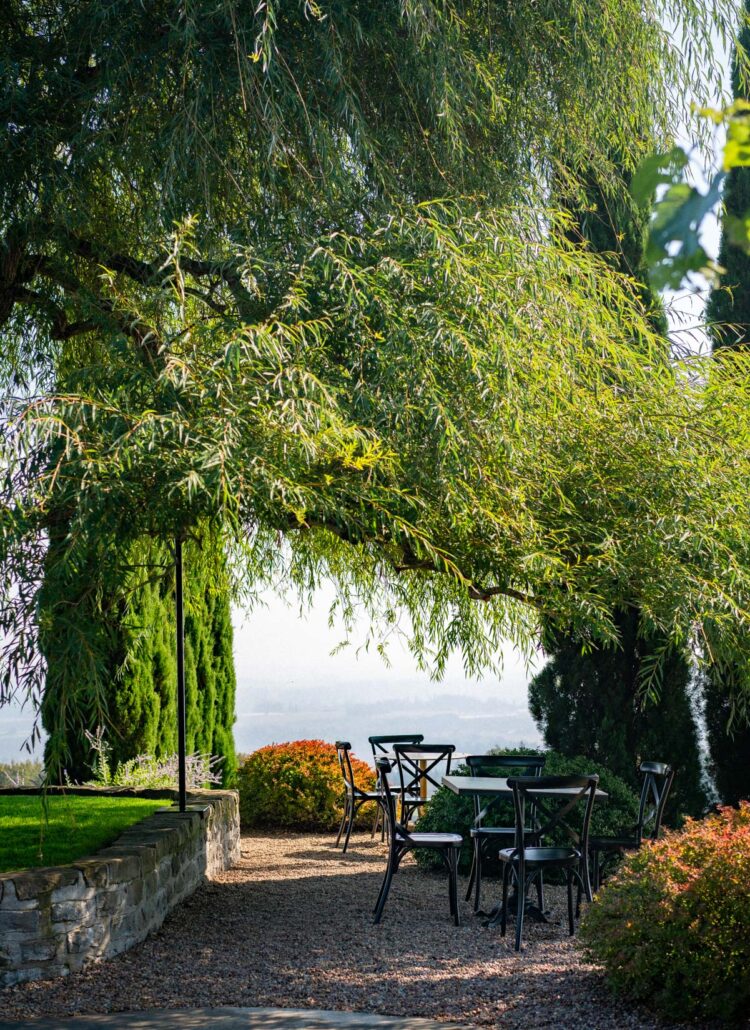
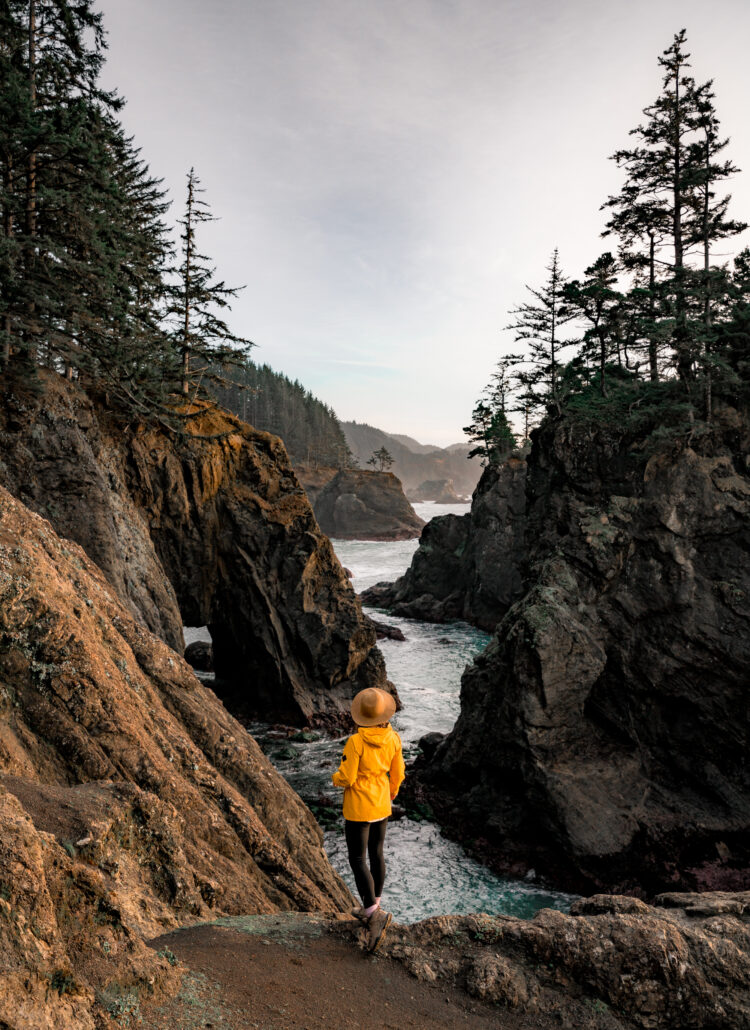


Entertaining + Informative. A+